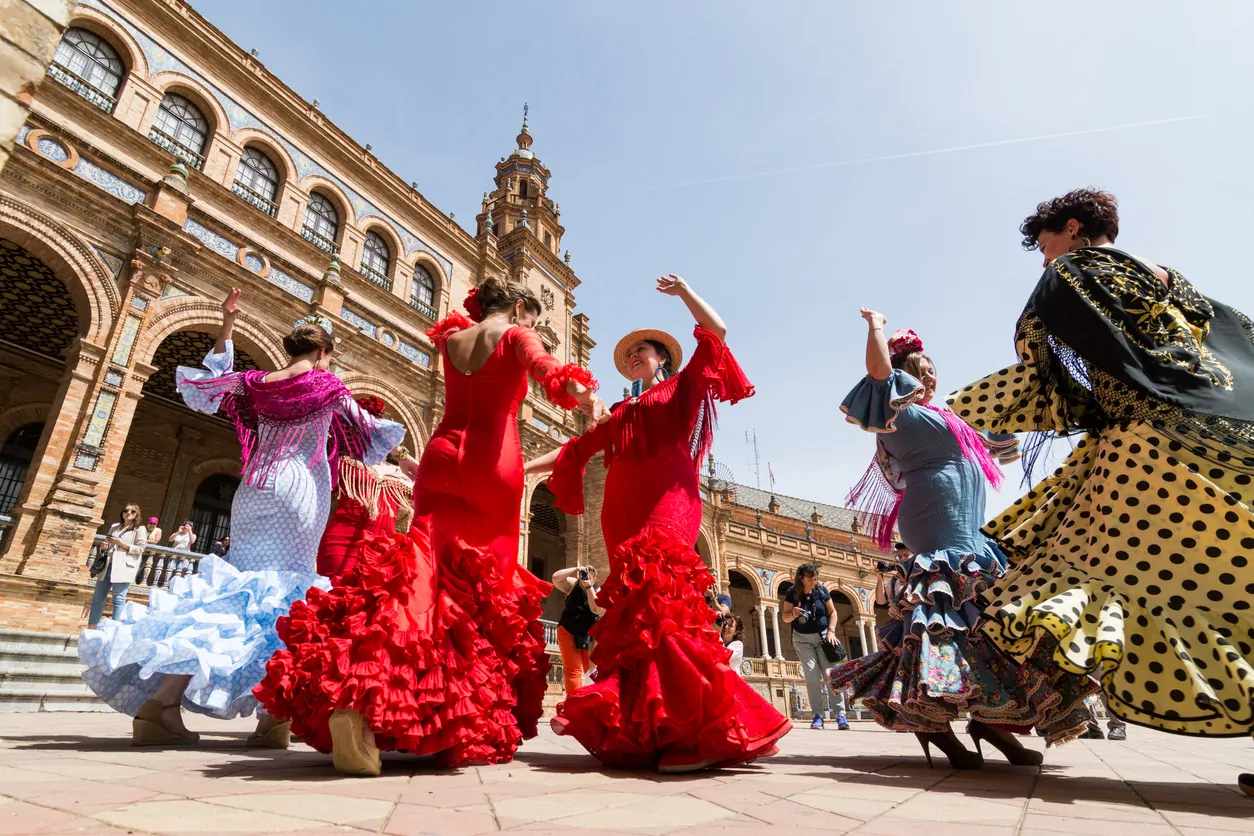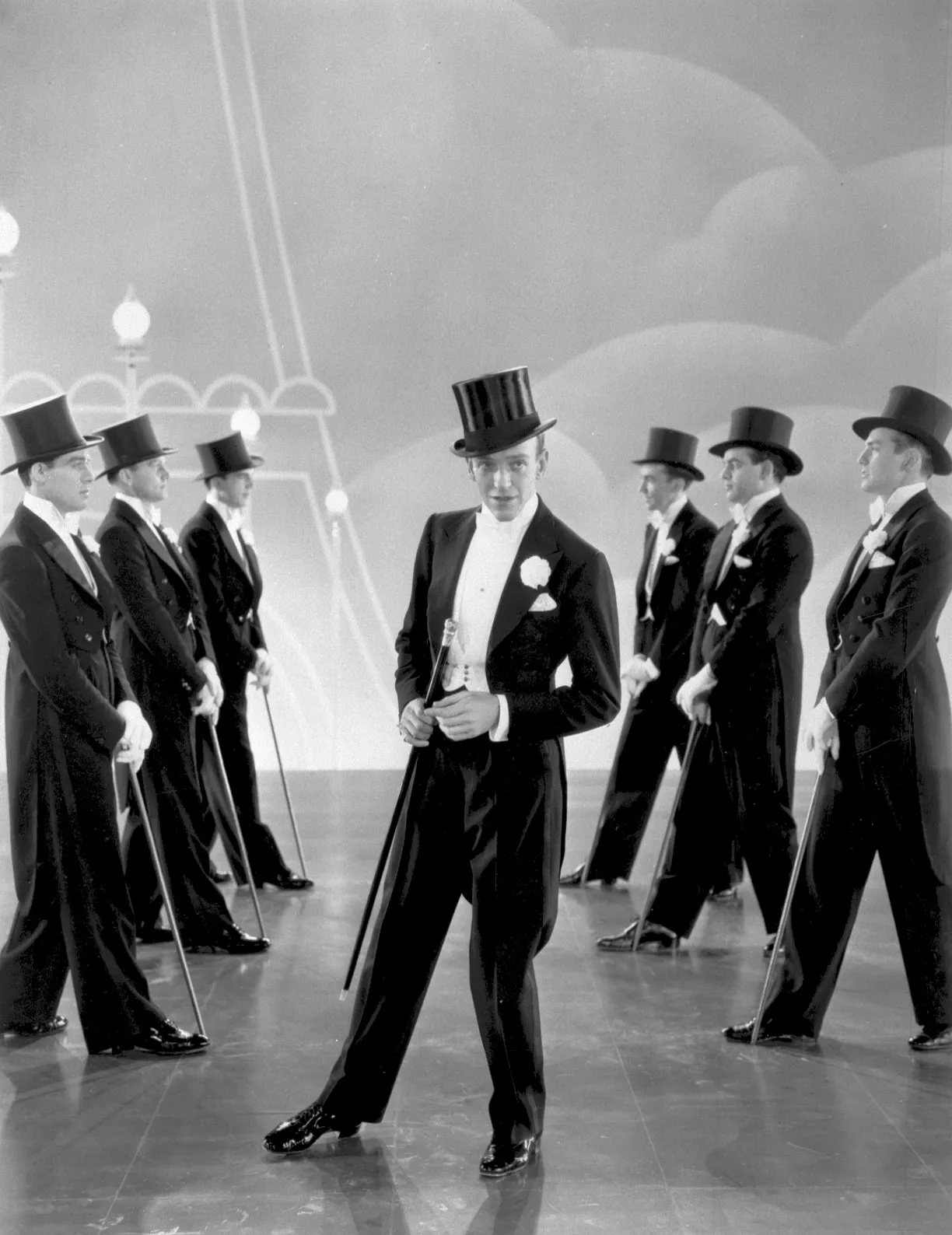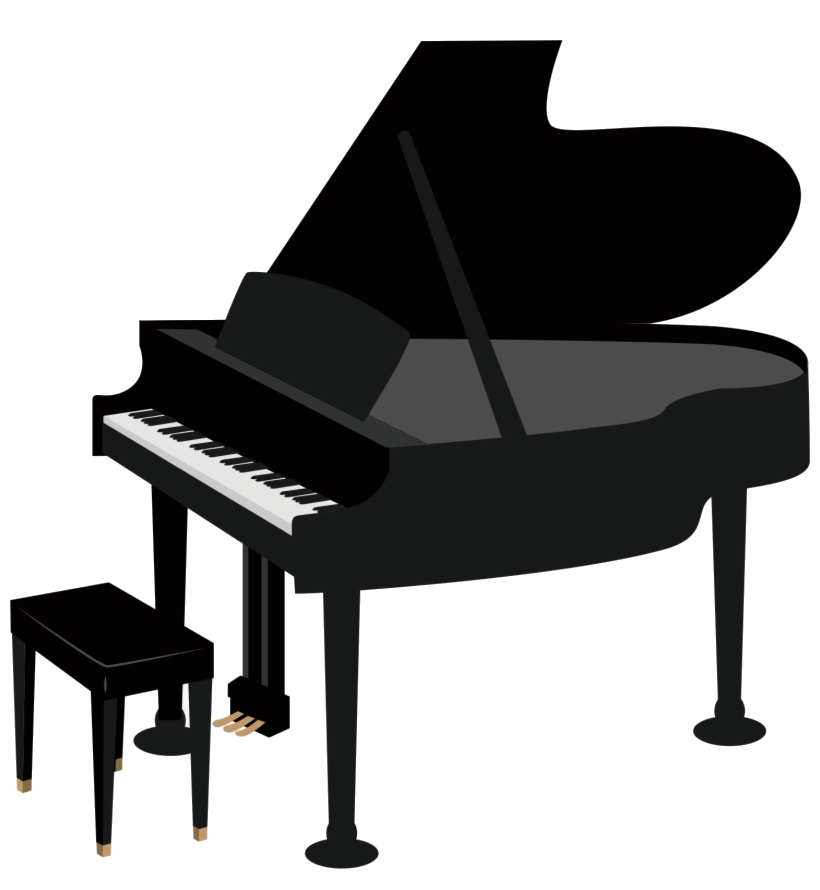
Deutsch-Chinesische Enzyklopädie, 德汉百科
 Traditions
Traditions





组曲是一种套曲形式的器乐曲或交响曲,即各自独立的不同乐曲的组合,在巴洛克音乐时代为古典组曲/舞曲组曲,所有套曲都是同一调式,都是从舞曲演变来的。18世纪中以后为现代组曲。
巴洛克时期的组曲虽由舞曲组成,但实际上并非作为舞蹈用途,而是经过风格化后供大家欣赏或演奏用的音乐。舞曲风格化的现象在文艺复兴晚期便已存在,舞曲所组成的组曲也在当时便略具雏型。到了巴洛克早期,组曲则是主要的乐器作品类型之一。 巴洛克中期以后,德国音乐家Johann Jacob Froberger (1616-1667)为组曲设计了一个较固定的组合方式: 古典组曲包括四首舞曲乐章,
- 阿勒曼德舞曲 (allemande),是一种四拍子中速的德国舞曲;
- 库朗特舞曲 (courante),是一种三拍子快速的法国舞曲;
- 萨拉班德舞曲 (sarabande),是一种三拍子慢速的西班牙舞曲;
- 基格舞曲 (gigue),是一种极快速的英国舞曲。
在基格舞曲之前,可再加入其他的舞曲,例如布列舞曲(bourree)、嘉禾舞曲(gavotte)、小步舞曲(minuet)等。[1]
组曲形式是17世纪在法国开始发展起来的,后来加入了英国的基格舞曲,作曲家可随意选择不同的舞曲将其组合成为组曲。许多作曲家写过组曲,巴赫的钢琴曲《英国组曲》和《法国组曲》,亨德尔著名的《水上音乐》和《焰火音乐》也是用组曲形式写的。他们经常在萨拉班德舞曲和基格舞曲中增加新的内容。巴赫为大提琴、小提琴、长笛和其他一些乐器都写过组曲。亨德尔写过22种调式的组曲。
17世纪以后,组曲被认为是一种过时的老形式,很少有人再写组曲。19世纪时,组曲又重新流行起来,但已经演变成现代组曲。
现代组曲一般只保留一首舞曲,其余的有从歌剧、舞剧和其他戏剧配乐中选出的乐曲片段,如《天鹅湖组曲》等,甚至可以从电影音乐中选出。乐章的数目也是自由的,只是最少得有两个乐章,最多甚至达二、三十个。调性也可以改变。所以有很多民族音乐家采集民歌曲调写组曲,著名的如芬兰的西贝柳斯、挪威的格里格和俄罗斯的柴可夫斯基等都写过组曲形式的著名乐曲。
Eine Suite (zu französisch suite „Abfolge“) ist in der Musik eine vorgegebene Abfolge von Instrumental- oder Orchesterstücken, die ohne längere Pausen hintereinander gespielt werden. In der zweiten Hälfte des 17. Jahrhunderts etablierte sich daneben der Name Partita (französisch auch Partie), im 18. Jahrhundert wurden Suiten auch oft durch Ouvertüren eingeleitet.


A tailcoat is a knee-length coat characterised by a rear section of the skirt, known as the tails, with the front of the skirt cut away.
The tailcoat shares its historical origins in clothes cut for convenient horse riding in the Early Modern era. Ever since the 18th century, however, tailcoats evolved into general forms of day and evening formal wear, in parallel to how the lounge suit succeeded the frock coat (19th century) and the justacorps (18th century).
Thus, in 21st-century Western dress codes for men, mainly two types of tailcoats have survived:
Dress coat, an evening wear with a squarely cut away front, worn for formal white tie
Morning coat (or cutaway in American English), a day wear with a gradually tapered front cut away, worn for formal morning dress
In colloquial language without further specification, "tailcoat" typically designates the former, that is the evening dress coat for white tie.

塔兰泰拉(意大利语:tarantella,意大利语发音:[taranˈtɛlla])、塔朗泰拉或塔兰苔拉,出于文法需求也可写为塔朗泰罗(tarantello),是一种意大利传统舞蹈,流行于拿玻里、西西里地区,是当地最具代表性的舞步,现在则可见于南意大利以及阿根廷等地。音乐上一般是 
 拍(有时也使用
拍(有时也使用 

 拍或
拍或 
 拍)。其舞蹈特点是双人快速的旋转,节奏急促、强烈,且舞者的腿部动作丰富多变。同时,舞者手持铃鼓,边舞边击,十分热烈。
拍)。其舞蹈特点是双人快速的旋转,节奏急促、强烈,且舞者的腿部动作丰富多变。同时,舞者手持铃鼓,边舞边击,十分热烈。
由于该舞的独特风格,音乐家、舞蹈家们都以它为素材创作了许多作品,如芭蕾名作《天鹅湖》第三幕中的那不勒斯舞和G.巴兰钦编导的独舞《塔兰泰拉》等。
Die Tarantella (italienisch; spanisch Tarantela) ist ein aus Süditalien stammender Volkstanz. Sie zeichnet sich durch eine schnelle Musik im 3/8- oder 6/8-Takt aus.
Der Volksmund leitet den Namen von „Tarantula“ oder „Lycosa Tarentula“, einer in Italien und im Mittelmeerraum anzutreffenden Spinne, ab, deren Name sich wiederum von der Stadt Tarent in Apulien ableitet. „Tarantella“ hieße dann im Ursprung „kleine Tarantula“. Der Biss der Tarantel ist schmerzhaft, aber nicht der Auslöser des Tarantismus. Heute wird Tarantismus als psychische Erkrankung in Verbindung mit Massensuggestion betrachtet, ein tatsächlicher Zusammenhang mit dieser oder einer anderen Spinnenart gilt als unwahrscheinlich. Der wilde Tanz sollte dabei eine Therapie darstellen: Die Musiker kamen ins Haus des Patienten oder auf den Marktplatz und begannen zu spielen; der Gebissene tanzte bis zur völligen Erschöpfung, um das Gift aus dem Körper zu treiben. Der Legende nach soll auch in Andalusien (Almería) der rhythmische Tanz, begleitet von Gitarren, ausgeführt worden sein, wenn Menschen von Skorpionen oder Spinnen gestochen wurden.
Eine erste schriftliche Dokumentation des Tanzes geht auf Athanasius Kircher (1602–1680) zurück[1] und findet sich beispielsweise 1674 auch bei Gaspar Sanz (LA Tarantela[2]). Im 19. Jahrhundert, zur Zeit der Romantik, griff die Instrumentalmusik diese Musikform auf. Komponisten, die sich mit der Tarantella befassten, sind zum Beispiel Franz Schubert, Gioachino Rossini (La Danza), Fanny Hensel (Il Saltarello Romano), Franz Liszt, Sergei Rachmaninow, William Henry Squire, Alexander Borodin, Pjotr Tschaikowski, Frédéric Chopin und der US-amerikanische Komponist Louis Moreau Gottschalk („Grand Tarantelle for Piano & Orchestra“).
In der Operette „Eine Nacht in Venedig“ von Johann Strauss (Sohn) fordert Caramello, der venezianische Leibbarbier des Herzogs, in seinem Auftrittslied (Nr. 4) zum Tanz auf: „Eine neue Tarantelle zeig’ ich hier Euch auf der Stelle…“, wobei der Rhythmus der Tarantella noch an weiteren Stellen der Operette zu hören ist. Kurt Weill komponiert die Gerichtsszene seiner Oper Aufstieg und Fall der Stadt Mahagonny als Tarantella. Der zweite Satz von John Coriglianos erster Sinfonie (1990) trägt die Bezeichnung Tarantella, und Elliot Goldenthal verwendet in seinem Ballett Othello (1998) eine ebensolche von vierzehnminütiger Dauer, um die Entwicklung von Iagos Plan gegen Othello darzustellen. Franz Josef Degenhardt griff den Tanz sowohl inhaltlich als auch spieltechnisch im Jahre 1963 in seinem gleichnamigen Stück „Tarantella“ des Albums „Rumpelstilzchen“ auf. Heute bekannte Komponisten sind zum Beispiel Otello Profazio, Beppe Junior, I Calabruzi, Mino Reitano, Pino Di Modugno, Eugenio Bennato, Renzo Arbore, Enza Pagliara, Manekà, Nidi D'arac, Ariacorte, John Serry senior[3] und Alla Bua.





 Dances
Dances

 Musical instrument
Musical instrument
 Music
Music
 Review
Review
 Music charts
Music charts
 Holidays
Holidays